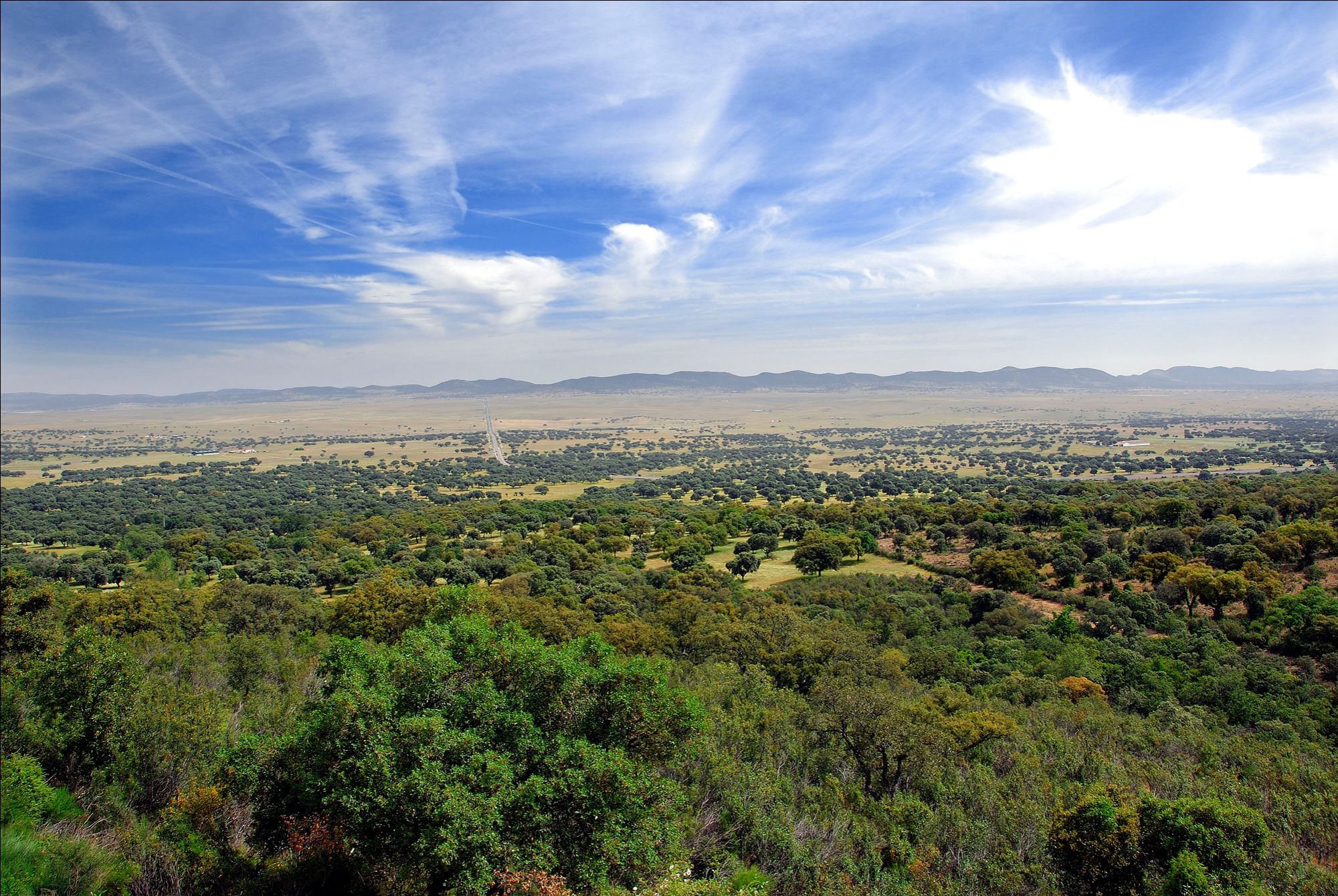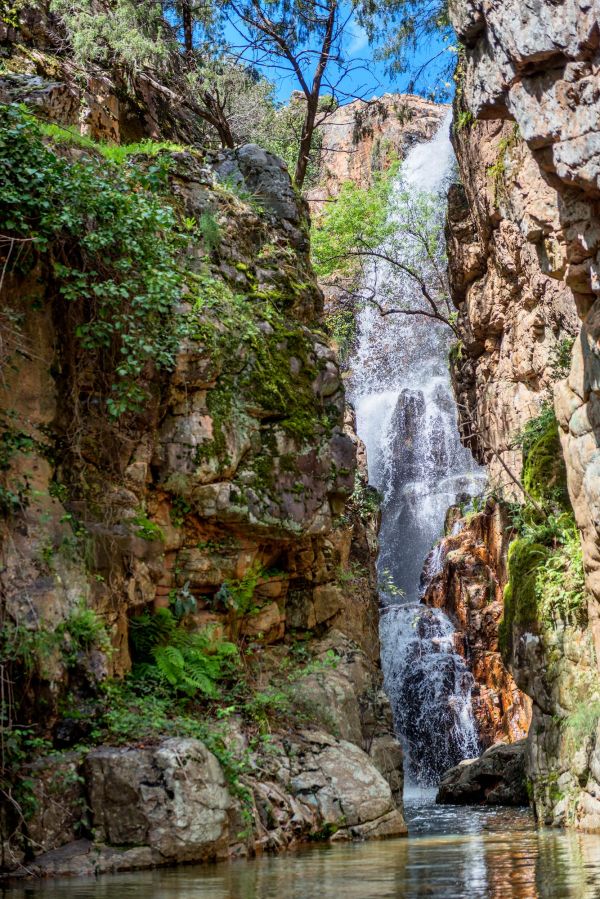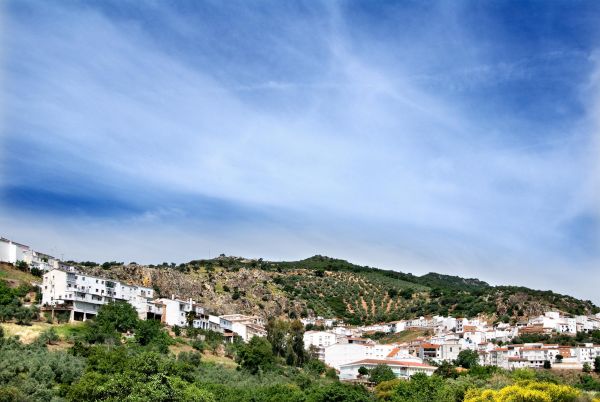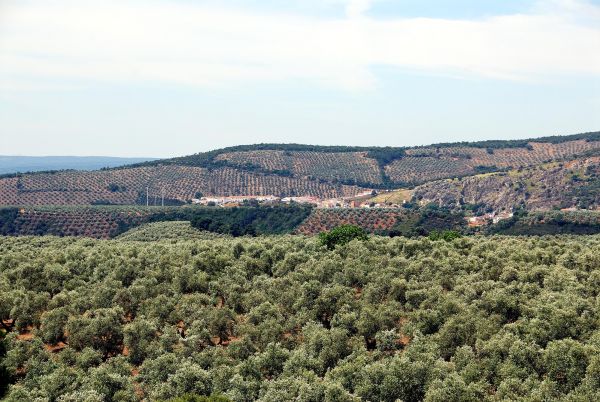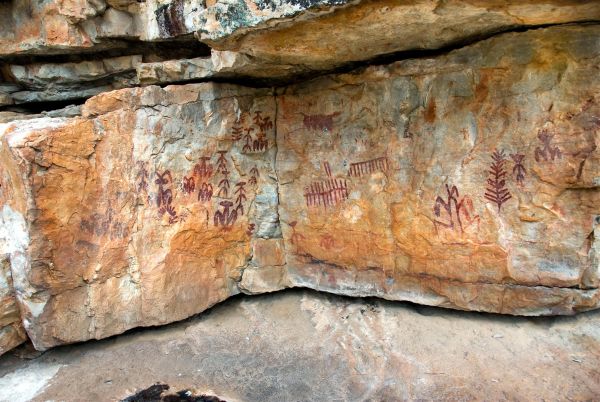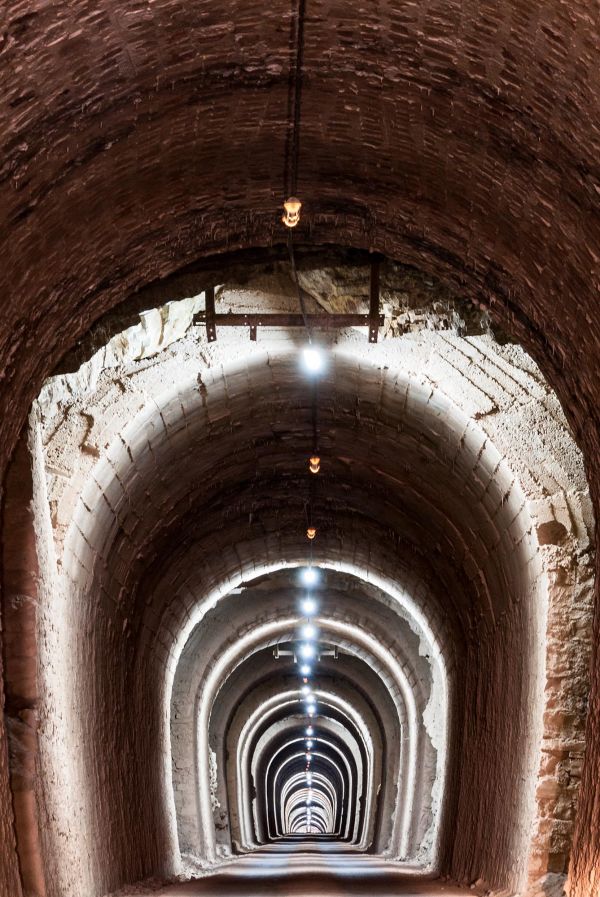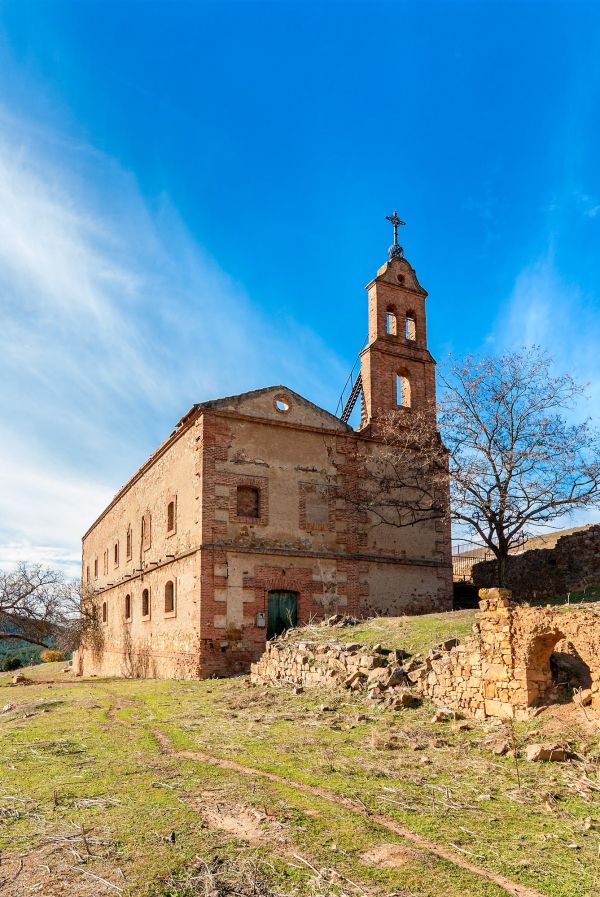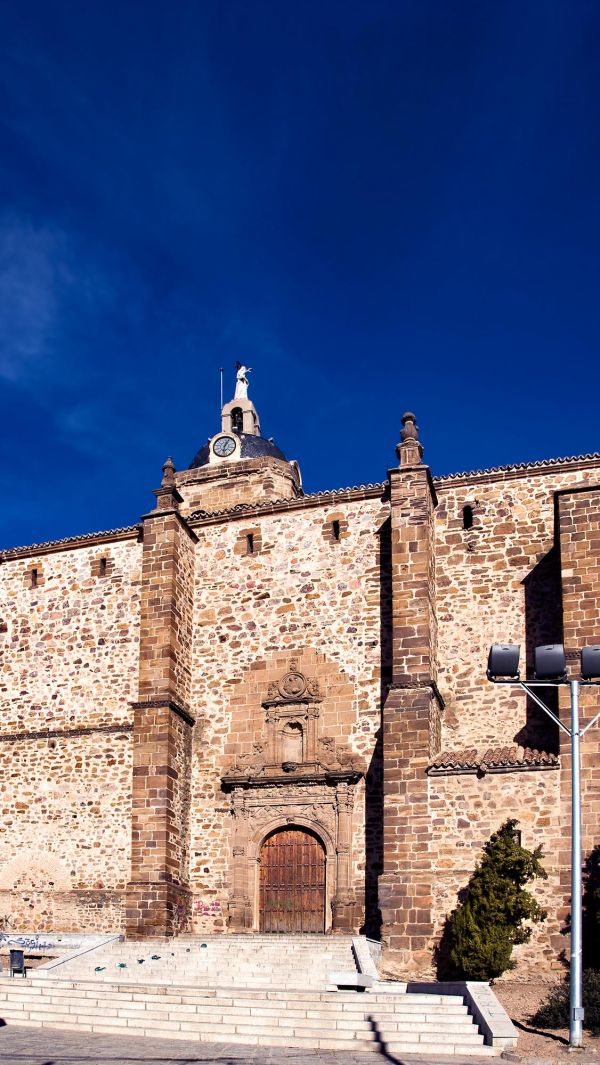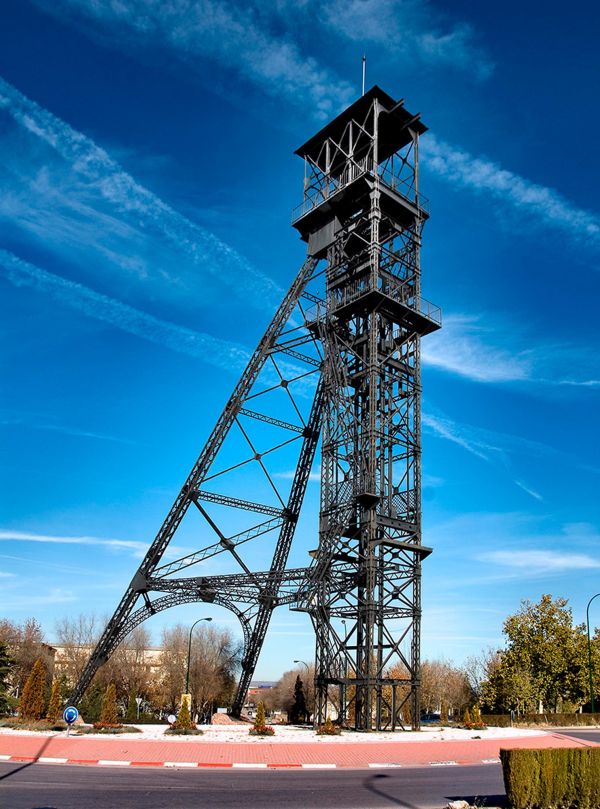From Puertollano to Fuencaliente through the Alcudia valley
Ciudad Real
The mining tradition in Puertollano is on full display as soon as you arrive. The Santa María tower welcomes visitors entering the city, and the Monument to Miners, a 17-metre bronze statute, keeps a watchful eye over everything from the Santa Ana hill, offering stunning views of the city and the surrounding area. The Mining Museum, a building enveloping an old tower and simulating a coal selection workshop, shows visitors how Puertollano became an industrial city following the discovery of coal.
The city’s primary historical treasure is the Our Lady of the Assumption church, which dates back to the 16th century. But nothing quite beats feeling the city’s pulse: the Paseo de San Gregorio, a 19th century Botanical garden. This space is home to Puertollano’s most iconic buildings and edifices: the Agria Fountain, the Bathhouses (currently a Conservatory and Tourist Office) and the Virgen de Gracia Hermitage.
In 2018, the Cristina García Rodero Museum was inaugurated, home to 300 pieces from a wide range of artists, including 185 snapshots from ‘The rituals of Haiti’ exhibition by the famous photographer from Puertollano, a member of the Magnum Agency and who received the Spanish Gold Medal for Merit in the Fine Arts.
From Puertollano, driving towards Córdoba on the N-420 road, visitors travel through the central sector of the National Park from north to south, going through the Alcudia Valleyand, then, Sierra Madrona, reaching the most southerly tip in the town of Fuencaliente. This road trip, even if you don’t stop along the way, is visually stunning. The area is rich in animal diversity. There are around 300 vertebrate species - 6 at risk of extinction, such as the black vulture, the Iberian imperial eagle, Bonelli’s eagle and the black stork. They are commonly sighted soaring in the sky.
As your first stop, we suggest the Cervantine “Venta de la Inés”, a small detour in the old Real de Toledo to Andalusia road or Real de la Plata road, home to the same trade post mentioned by Miguel de Cervantes in his story Rinconete y Cortadillo. Some areas are still clearly identifiable: kitchen, stables and patio.
Retracing our steps, we soon return to the Fuencaliente road, and stop in the Niefla port lookout point, offering sweeping views and an interpretation of the Montoro and Robledillo valley landscape. At the top of the port, original views of the Niefla tunnel bat nature reserve are on offfer. This is the most important bat winter shelter in Castilla-La Mancha and one of Europe’s finest, particularly for the Mehely's horseshoe bat.
Our next stop is a town that seems trapped in time: the old mining town of Minas del Horcajo. Only accessible via an impressive 1-km tunnel whose lights are turned on by pressing a switch when you enter and with traffic lights, as only one vehicle fits at a time. The Minas del Horcajo mining town and activity was the second most important in the whole Alcudia Valley region. The huge mining operation disappeared in 1963, and with it, the activity of a town that was inhabited until 1876. The only buildings still standing are the Saint John the Baptist church, some masonry towers and some washing places and workshops.
We finally reach Fuencaliente, a beautiful, picturesque town between Ciudad Real and Córdoba. The town’s origins come from hot springs, with water with healing properties beginning under the church (we can still see this in the spa). There are several pre-historical remains, but the cave paintings are the most important, with 12 sites having been registered.
Two offer unmissable views: Peña Escrita and La Batanera.
Peña Escrita is located around 3 km from Fuencaliente, on the southern slopes of Sierra de Hornilleros. It takes the form of a boundary made up of broken walls dividing the town of Fuencaliente and the mountains, and the Serrezuela paintings.
Around 4 km from the town, there is a beautiful spot for bathing and leisure. Currently, a 1.5 km path across bridges and walkways along the Cereceda river takes us to the Chorrera de los Batanes, a famous waterfall and Cervantes’ setting for the episode recounting the Windmills adventure in El Quixote; here, we find the Batanera cave paintings.
Lastly, a recommendation. If you are travelling at night, look up at the sky and marvel at the show: you’re in one of the region’s areas with the least light pollution.
May also be of interest to you
Castilla-La Mancha Tourism in 2023. All rights reserved.

 365
365
